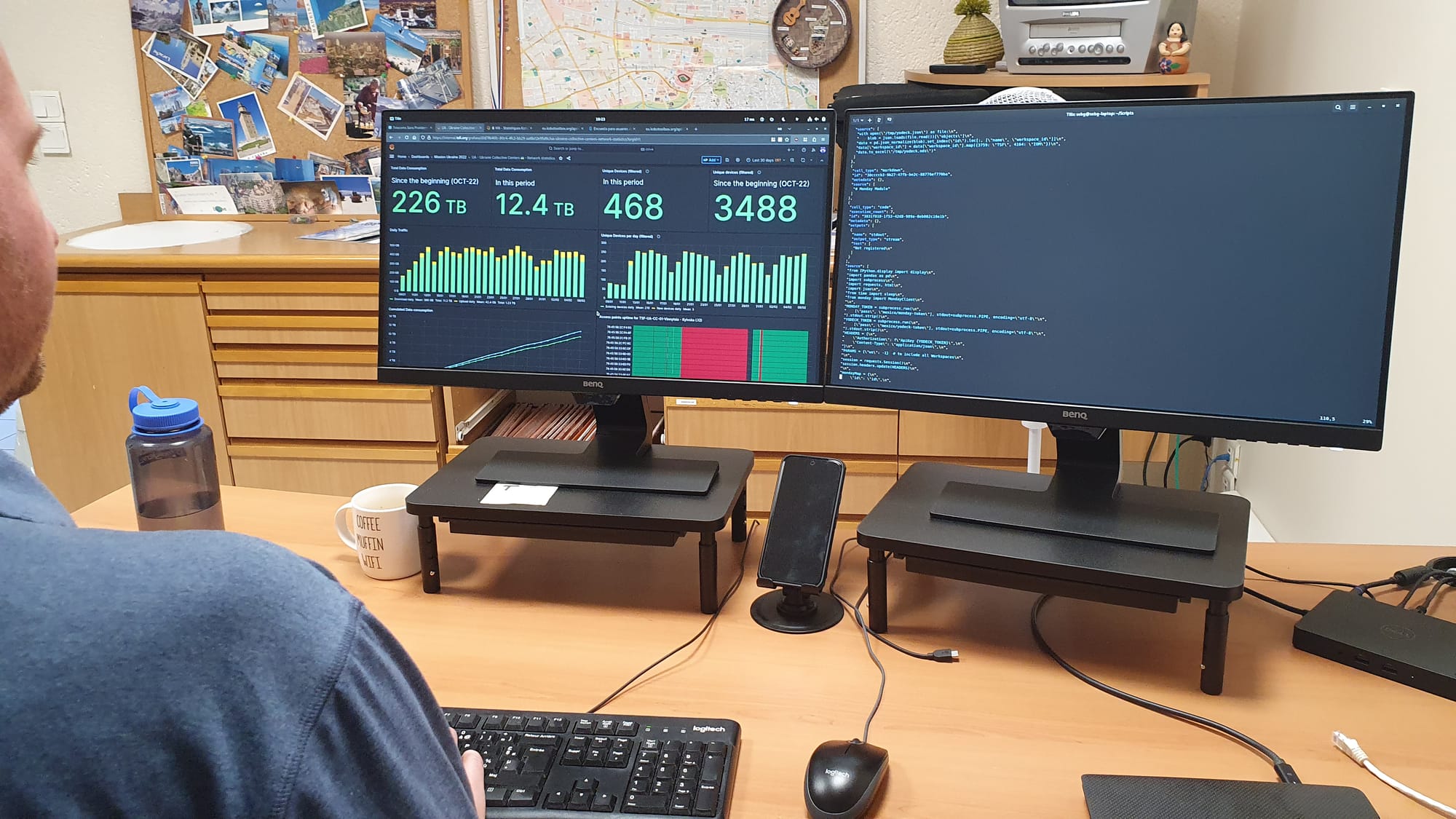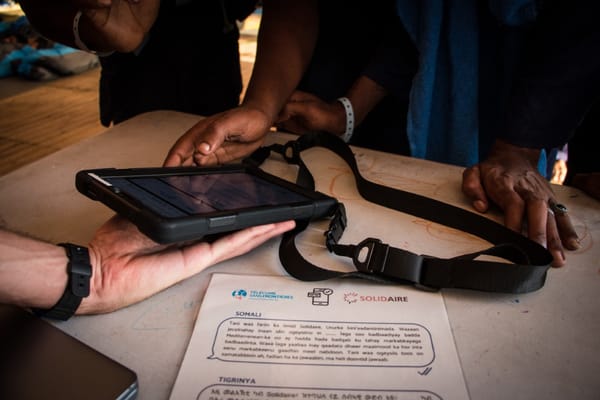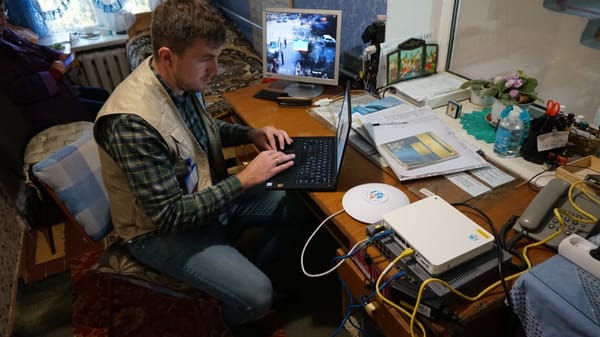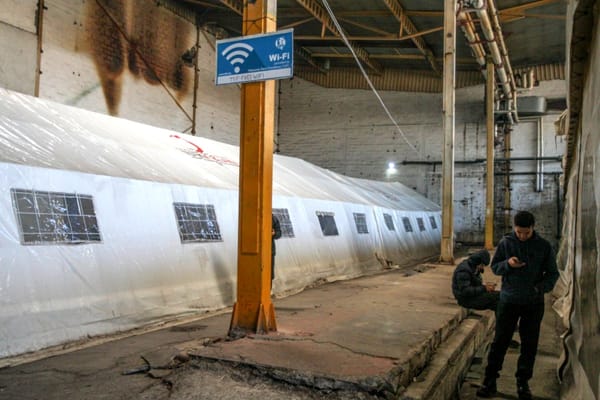AI – everyone's talking about it, its impact and implications. When we talk about AI, what we usually mean is generative AI. AI is a much broader, older concept that has been used in many different ways and in many different fields. When it comes to using technology in humanitarian action, what role can AI have? How can it help meet communication and information needs?
What kind of uses could be interesting for TSF?
LLMs as a first focus
LLMs are a specific type of generative AI focused on language understanding. They are probably one of the most impressive advancements in AI. If well utilized, LLMs clearly hold a potential in humanitarian aid. In this article, we briefly share the applications that could potentially benefit the TSF for these tools.
Multilingual and specialized content
Some pre-trained, open-source large language models (LLMs) can be run locally on standard computers. This could be a great way to explore uses directly related to the humanitarian needs we face.
Indeed, AI's ability to be language agnostic (when no particular language is promoted) can help produce content in multilingual contexts, which is often the case in humanitarian situations.
What's more, these open-source models can be specifically trained on customized data to become “specialists” in a given field, for example legal or administrative procedures.
What should we be careful of?
Misinformation
Due to the nature of generative AI, LLMs often invent part of the answers they provide. Depending on the context, this can lead to misleading content or negative psychological impact. Parameters need to be carefully tuned to ensure that the model responds correctly and in the expected way.

Power consumption
Another issue is power consumption. Depending on the model used, LLM services may need important power sources.
This problem needs to be tackled from two angles: the environmental impact of energy consumption, and the fact that energy can be an issue in the contexts in which TSF operates.
Personal data
Depending on how AI would be implemented, special care must be taken when handling personal or sensitive data, like in every use of digital tools in sensitive contexts. This is especially true when working with people in vulnerable or dangerous situations.

Infrastructure and accessibility
While open-source AI can technically run on standard computers, more advanced capabilities often require high-performance hardware and a stable internet connection—both of which may be limited in crisis areas. Deploying AI tools in low-resource settings means finding lightweight, adaptable solutions that can function efficiently on minimal infrastructure. Exploring models optimized for lower power consumption or offline use could make AI more accessible for humanitarian operations.
Conclusion
AI, through LLMs, holds promise for improving humanitarian operations, particularly in multilingual communication and specialized knowledge assistance. However, its implementation must be handled carefully. Bias in training data can affect neutrality and fairness, making ethical oversight essential. Additionally, power consumption and infrastructure limitations in crisis zones require AI solutions that are both efficient and accessible.
TSF will keep these challenges in mind to determine in which ways and contexts LLMs can contribute to support people in humanitarian situations and respond to their needs.













Member discussion